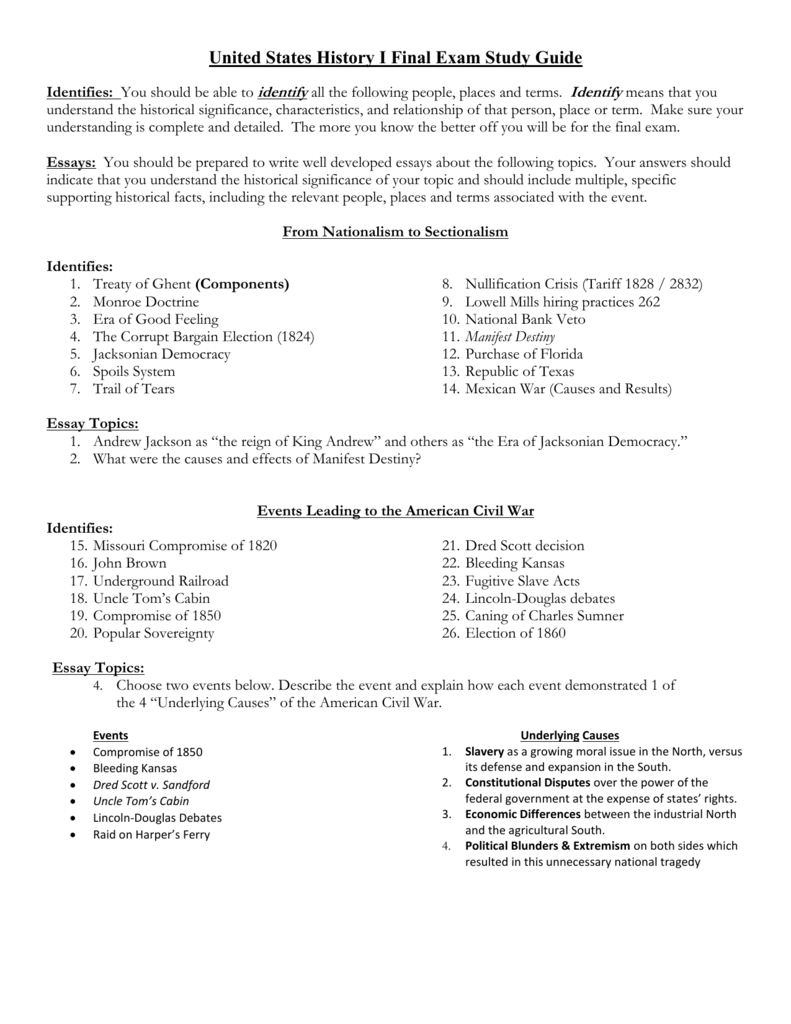Classification of Bacteria on the basis of Nutrition.
Classification essay is all about classifying something in an essay, and it can be about any aspect like shared characteristics. The subject will be defined by a broad area, and it is important to go through the area for identifying the several key elements that make up what it is.Type species: Chlorobium limicola Nadson 1906, 190. Do you want to read the rest of this chapter. a classification of the Thiorhodaceae based on pure-culture studies has to rely primarily on.The enrichment analysis can be computed using a pre-compiled reference, or alternatively you can provide a background set. (Note that organism-based backgrounds are available only for certain KEGG and Biocyc annotations).
Taxonomy and phylogeny of Chlorobiaceae.. and a taxonomic classification on the species level is proposed.. and as Chlorobium limicola f. thiosulfatophilum Las-.Information on possible application of the strain and its possible interaction with e.g. potential hosts Application and interaction.

KINGDOM OF BACTERIA KINGDOM OF BACTERIA KINGDOM OF BACTERIA KINGDOM OF BACTERIA KINGDOM OF BACTERIA. Acidobacterium capsulatum Acidobacteria phylum, 15 species.. Chlorobium limicola Chlorobi phylum, 17 species. Chlorobium phaeobacteroides Chlorobi phylum, 17 species. Anaerolinea thermophila.











